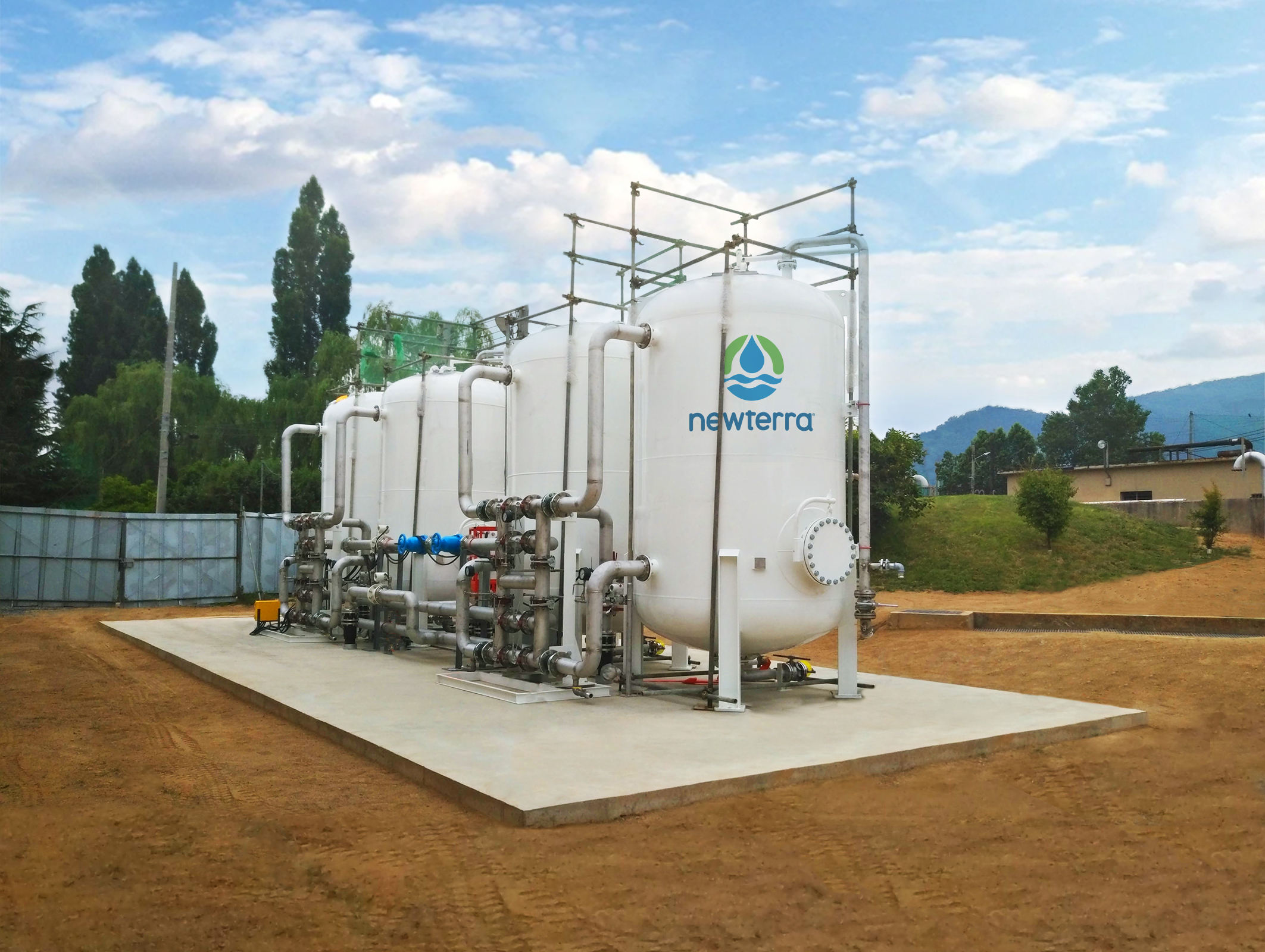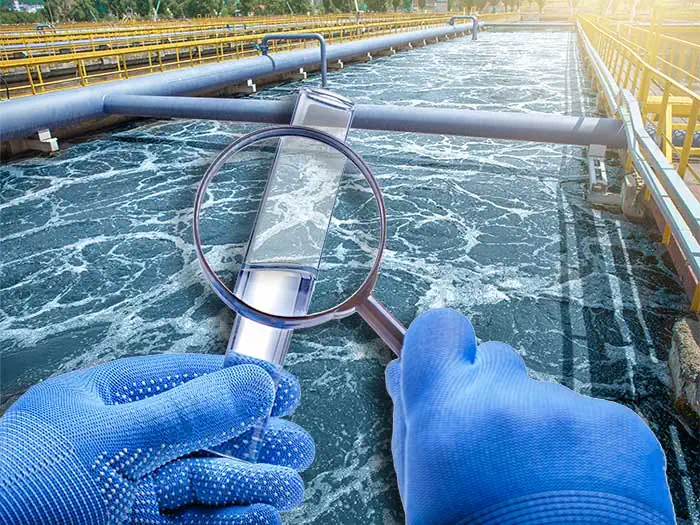PFAS Waste Management for Safer Disposal and Environmental Protection
Exactly How PFAS Treatment Makes Certain Tidy and Sustainable Water
The visibility of PFAS, frequently referred to as "permanently chemicals," poses considerable obstacles to water top quality and public health and wellness. Advanced treatment innovations, including turned on carbon adsorption and membrane filtration, have actually arised as effective services to alleviate these impurities. By utilizing these methods, neighborhoods can not only attain cleaner water however likewise foster sustainable practices that shield ecosystems. Nevertheless, the ramifications of these treatments prolong past instant health and wellness advantages; they increase essential questions regarding lasting water management approaches that need to be resolved to guarantee a resilient future. What does this mean for our strategy to water sustainability?

Recognizing PFAS Contamination
PFAS, or per- and polyfluoroalkyl substances, have actually arised as a significant environmental concern because of their widespread prevalence and persistence in the environment. These synthetic chemicals have been utilized in different industrial applications and consumer items, including non-stick kitchenware, water resistant clothing, and food product packaging, due to their distinct residential properties such as water and grease resistance.
The contamination of soil and water sources by PFAS occurs primarily through industrial discharges, firefighting foam use, and seeping from garbage dumps. pfas management. As soon as launched, these substances are immune to degradation, leading to their buildup in the setting. This persistence elevates crucial concerns, as PFAS can take a trip cross countries with groundwater and surface water supply, impacting drinking water products and environments

Wellness Risks of PFAS
The determination of PFAS in the setting elevates significant health and wellness problems for individuals subjected to these materials. Research study has actually connected PFAS exposure to different negative health and wellness impacts, consisting of immune system dysfunction, liver damage, and increased risk of particular cancers.
The universality of PFAS in consumer products, such as non-stick pots and pans, water-repellent materials, and food product packaging, further magnifies the threat of exposure. Drinking water polluted with PFAS is a considerable problem, as these chemicals can leach into groundwater resources. Susceptible populaces, consisting of children and those living near industrial sites, may encounter intense risks because of their developing systems and possible for higher exposure degrees.
As awareness of these health and wellness risks proceeds to grow, regulatory agencies are beginning to develop standards for PFAS levels in drinking water. Public wellness campaigns are necessary to reduce exposure and safeguard communities from the long-term effects of these hazardous materials.

Innovative Therapy Technologies
Exactly how can we properly tackle the obstacles positioned by PFAS contamination in water sources? Cutting-edge therapy technologies are emerging as important services in the pursuit for tidy water. These methods concentrate on the elimination or devastation of per- and polyfluoroalkyl compounds (PFAS), which are infamous for their perseverance in the setting.
One promising approach is adsorption using sophisticated materials, such as turned on carbon useful link and ion exchange materials. These materials have revealed effectiveness in capturing PFAS particles from water. Another notable modern technology is membrane layer purification, which utilizes nanofiltration and turn around osmosis to different pollutants at the molecular degree, therefore offering a barrier versus PFAS.
Additionally, progressed oxidation processes (AOPs) employ strong oxidants to break down PFAS compounds into harmless byproducts. This technique is especially efficient for treating highly polluted water resources. Bioremediation techniques, utilizing details microorganisms, are likewise being checked out to weaken PFAS.
As study continues, crossbreed systems that incorporate several technologies may provide enhanced efficiency, resolving the complexities of PFAS contamination. The growth and implementation of these ingenious therapy innovations are vital steps towards making certain the safety and sustainability of our water resources.
Benefits of Reliable PFAS Treatment
Successfully treating PFAS contamination in water sources dramatically improves public health and wellness and ecological security. PFAS, typically referred to as "forever chemicals," are resistant to degradation and can collect in the body, bring about significant wellness threats such as cancer, liver damage, and body immune system dysfunction. By carrying out effective therapy techniques, areas can lower exposure to these unsafe compounds, ultimately enhancing the health results of their populaces.
Additionally, effective PFAS treatment adds to the conservation of local ecological communities. Polluted water can negatively affect water life and interrupt the fragile balance of neighborhood environments. By ensuring tidy water, therapy procedures safeguard biodiversity and preserve ecological stability.
Furthermore, efficient PFAS remediation can promote public self-confidence in water quality. When neighborhoods are ensured that their drinking water is without unsafe contaminants, it promotes a feeling of safety and wellness. This trust fund is necessary for neighborhood interaction and support for continuous water management efforts.
Future of Water Sustainability
In the middle of growing problems regarding water top quality and shortage, the future of water sustainability pivots on ingenious techniques and joint initiatives. As areas face the impending dangers of pollutants like PFAS, the advancement of innovative treatment modern technologies is necessary. These modern technologies not only concentrate on the elimination of dangerous materials yet additionally advertise the reuse and recycling of water, therefore minimizing overall demand.
Furthermore, read more efficient water governance plays an important role in ensuring sustainable methods. Policymakers need to incorporate scientific research with regulatory structures to establish clear guidelines for water usage and therapy. Stakeholder engagement, consisting of local neighborhoods and industries, cultivates a sense of shared obligation and motivates lasting techniques throughout different fields.
Financial investment in infrastructure is also critical; upgrading aging systems to include modern-day filtering and filtration techniques can considerably boost water top quality. Furthermore, accepting eco-friendly modern technologies, such as natural filtration systems, can provide environment-friendly solutions.
Eventually, the future of water sustainability hinges on a holistic approach that incorporates modern technology, policy, and neighborhood participation. By focusing on these aspects, we can safeguard our water sources for generations to find, making certain clean and sustainable water for all.
Conclusion
In final thought, the effective therapy of PFAS is crucial for ensuring clean and lasting water. Eventually, robust PFAS therapy techniques contribute Recommended Reading to long-term resilience in water monitoring, promoting public trust in water quality and promoting sustainable techniques.